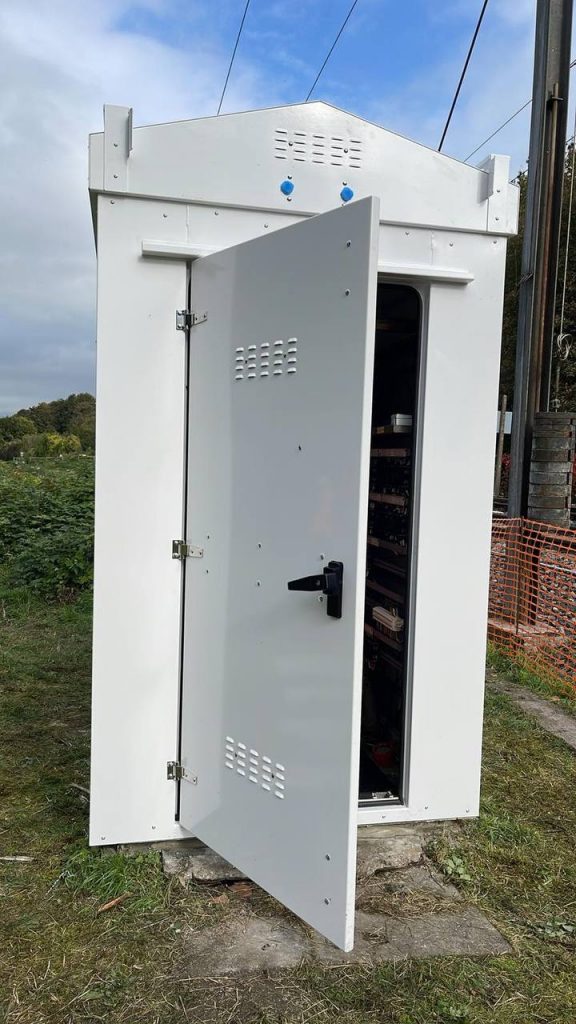Location Cases vs. REBs: Choosing the Right Enclosure for Your Rail Project
Introduction
Selecting the right type of rail signalling enclosure is a critical decision for engineers and project managers. Two of the most widely used options are Location Cases and Relocatable Equipment Buildings (REBs). Each has its advantages and limitations depending on project scope, budget, and timescales.
This article provides a direct comparison to help procurement managers and engineers make informed decisions.
What are Location Cases?
Location Cases are standardised trackside enclosures, typically used for:
- Relays and control equipment
- Communication modules
- Small-scale cable terminations
Advantages:
- Compact footprint
- Lower cost than larger enclosures
- Easy to transport and install
Limitations:
- Limited internal space
- Not suitable for large junctions or complex upgrades
What are Relocatable Equipment Buildings (REBs)?
REBs are prefabricated, modular buildings designed for housing full racks of signalling and power equipment.
Advantages:
- Large internal capacity with walk-in access
- Factory-built for quality control
- Reduces on-site installation time
Limitations:
- Higher upfront cost
- Requires specialist transport and lifting
Direct Comparison
Size
- Location Cases: Small to medium
- REBs: Large modular buildings
Cost
- Location Cases: Lower
- REBs: Higher
Installation Time
- Location Cases: Quick, minimal civils
- REBs: Pre-fabricated, craned in place
Flexibility
- Location Cases: Limited expansion
- REBs: Scalable, future-proof
Decision-Making Checklist
When choosing between Location Cases and REBs, consider:
- Project scale and junction complexity
- Available land for installation
- Long-term upgrade requirements
- Budget constraints and delivery deadlines
Conclusion
Both enclosures are critical to UK railway signalling. Location Cases are ideal for smaller, distributed applications, while REBs provide scalable solutions for major projects.
Unsure which enclosure fits your project’s scope? Speak with our specialists at Aliastrading UK.

